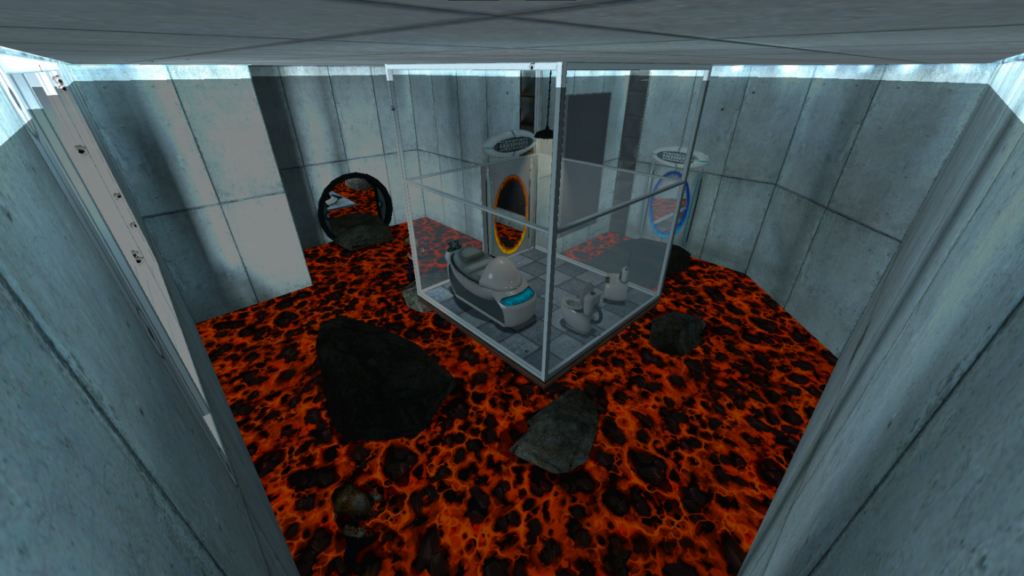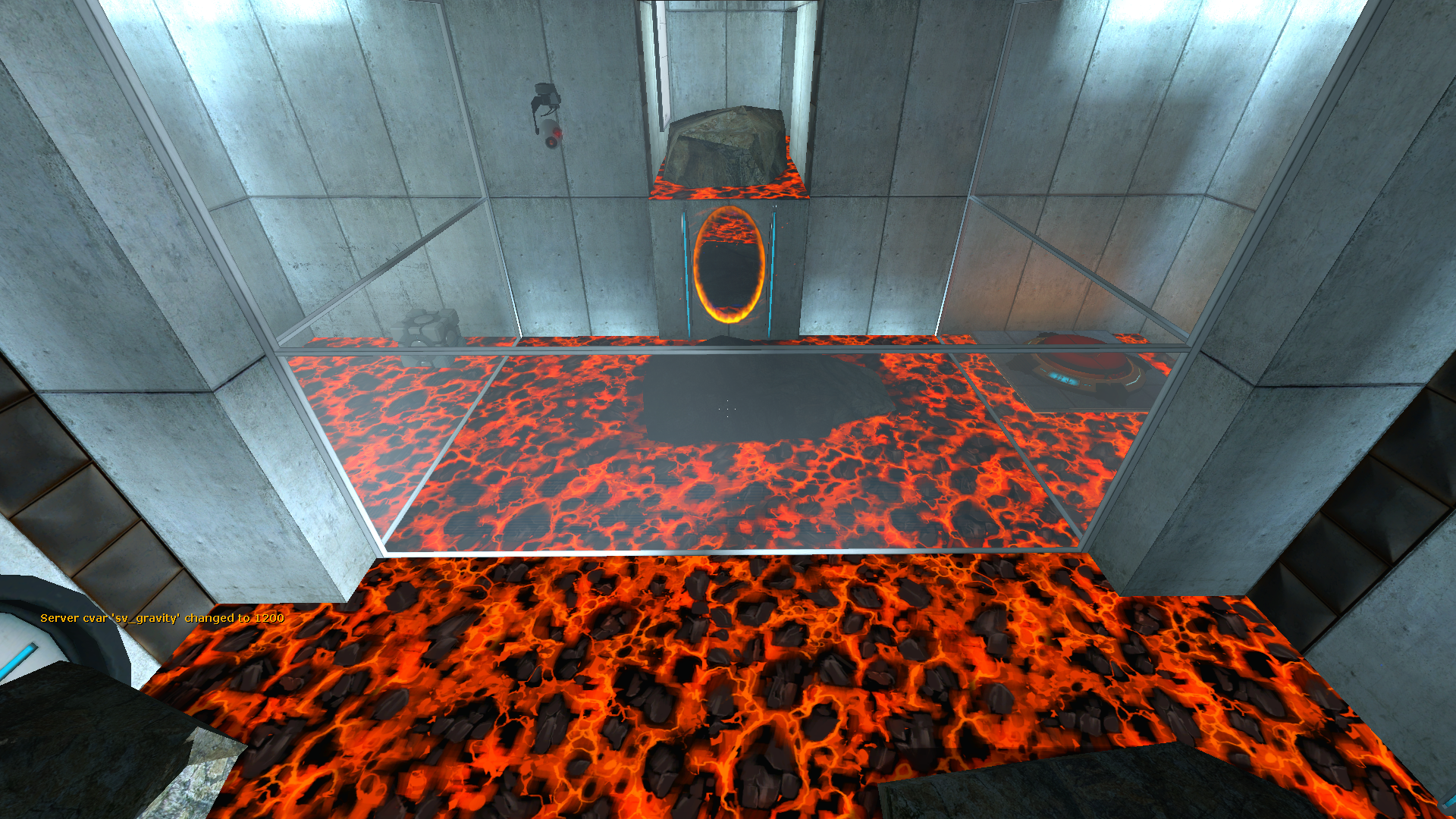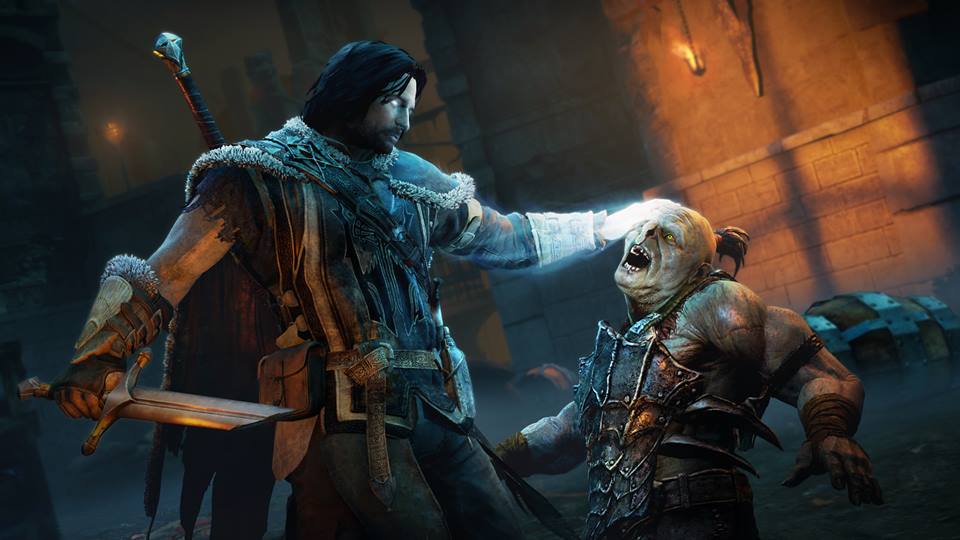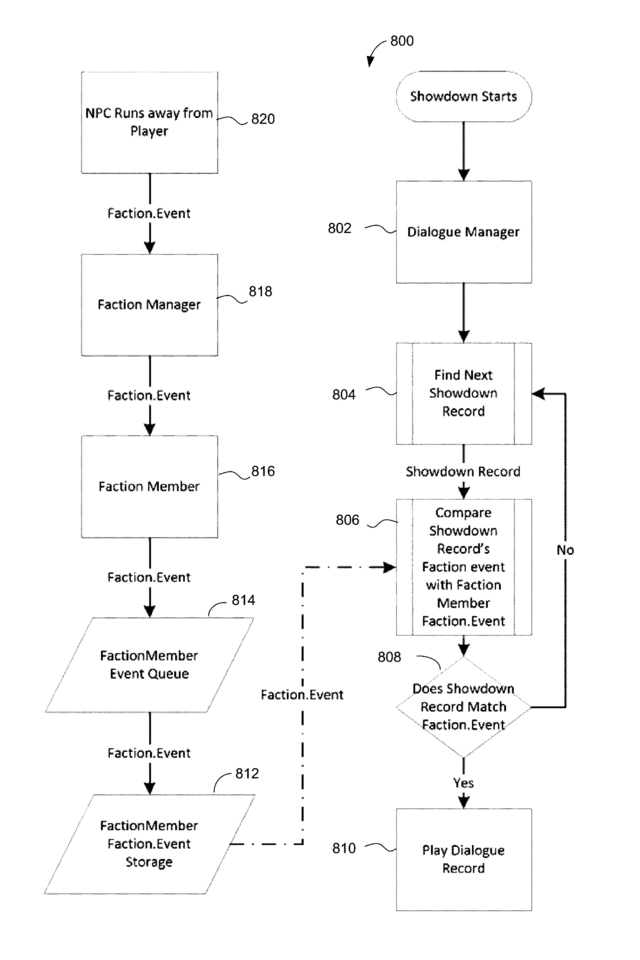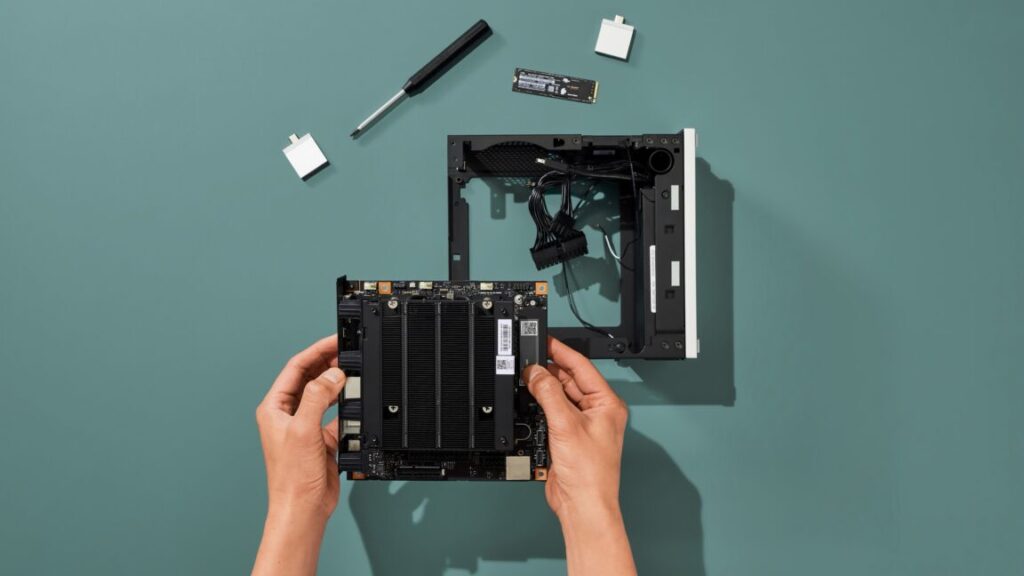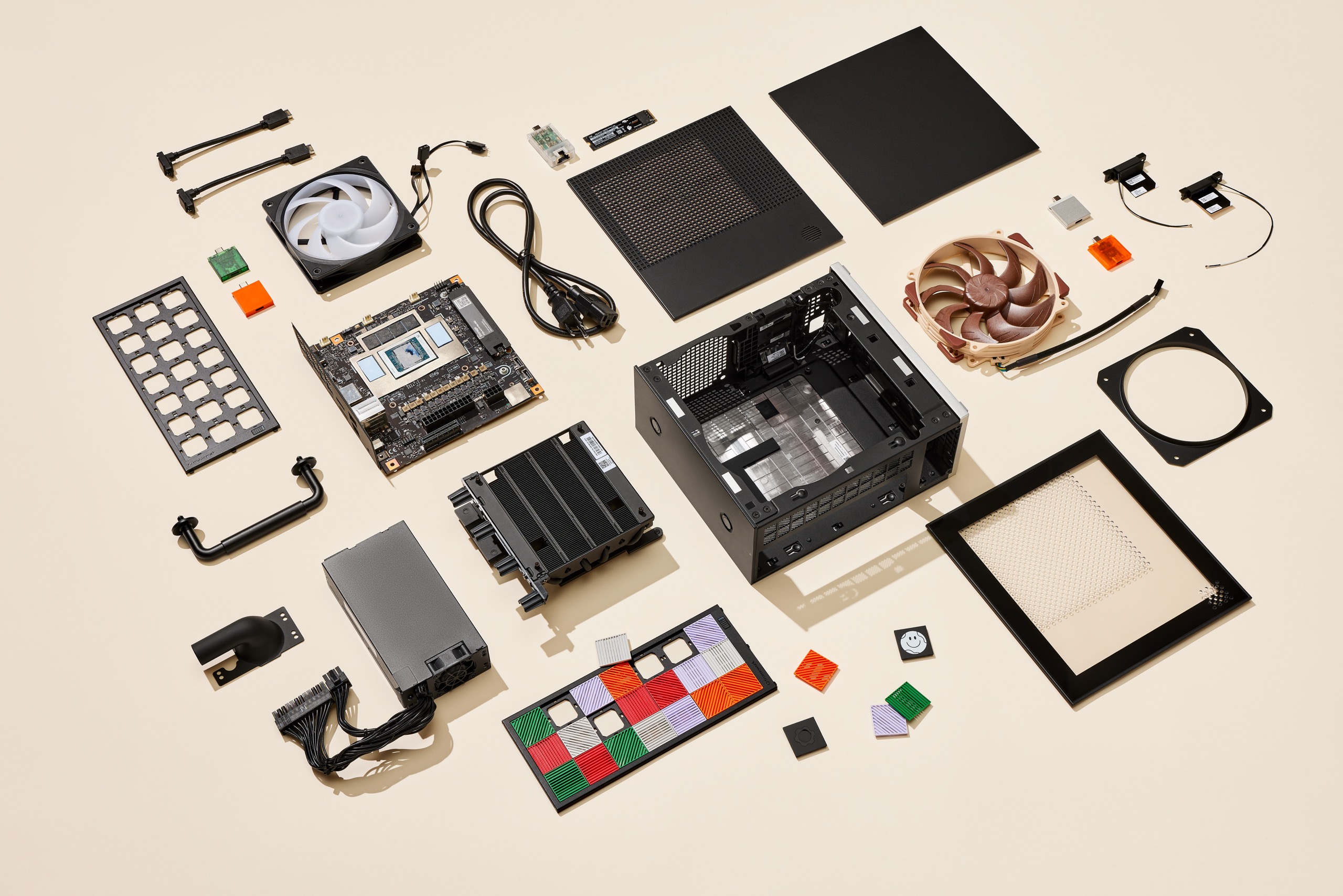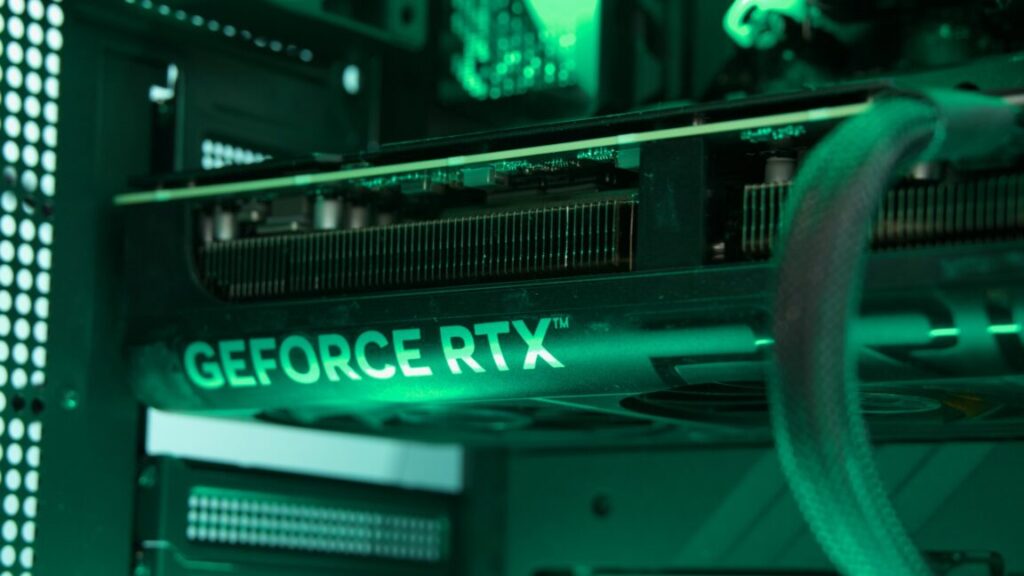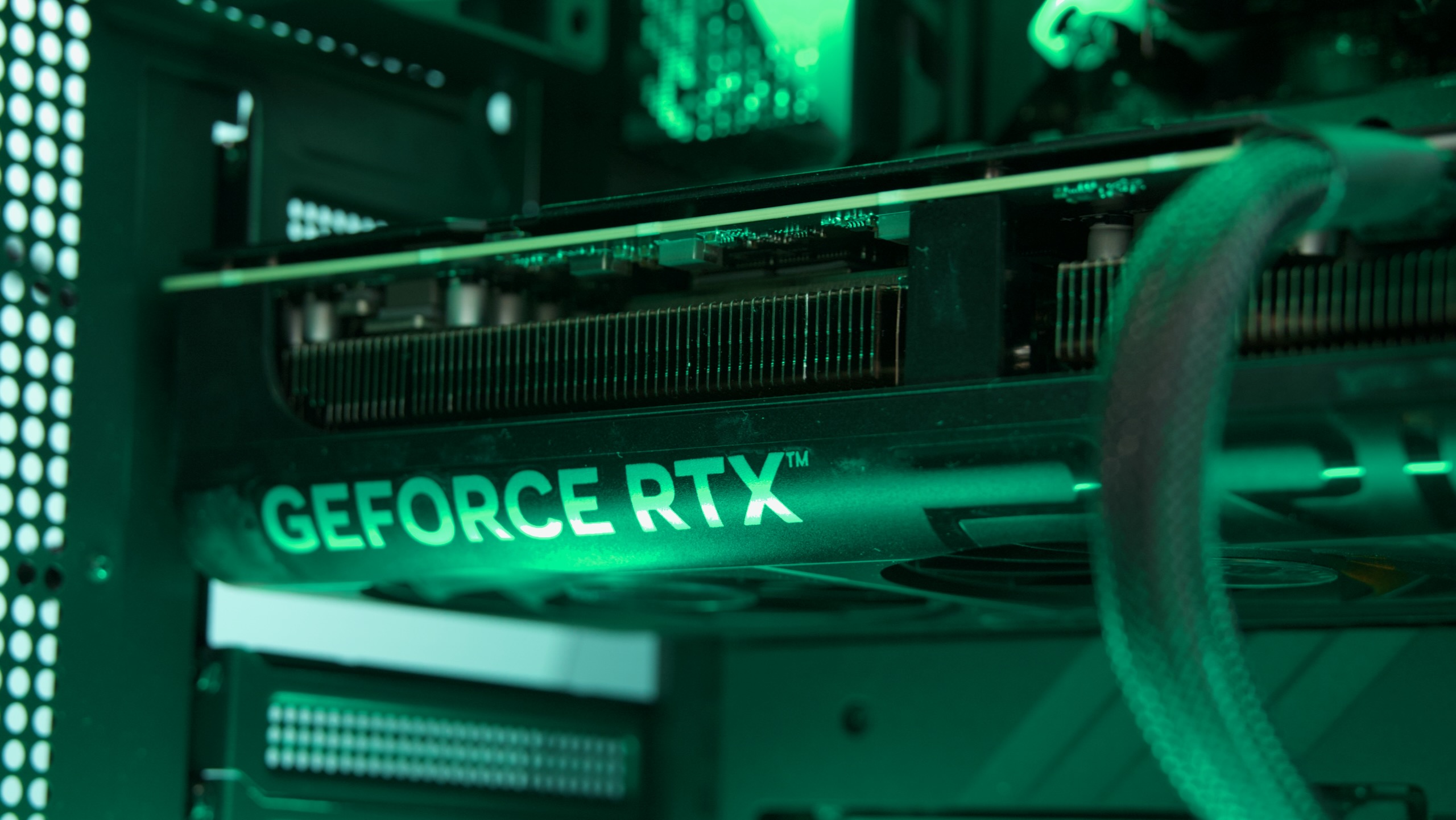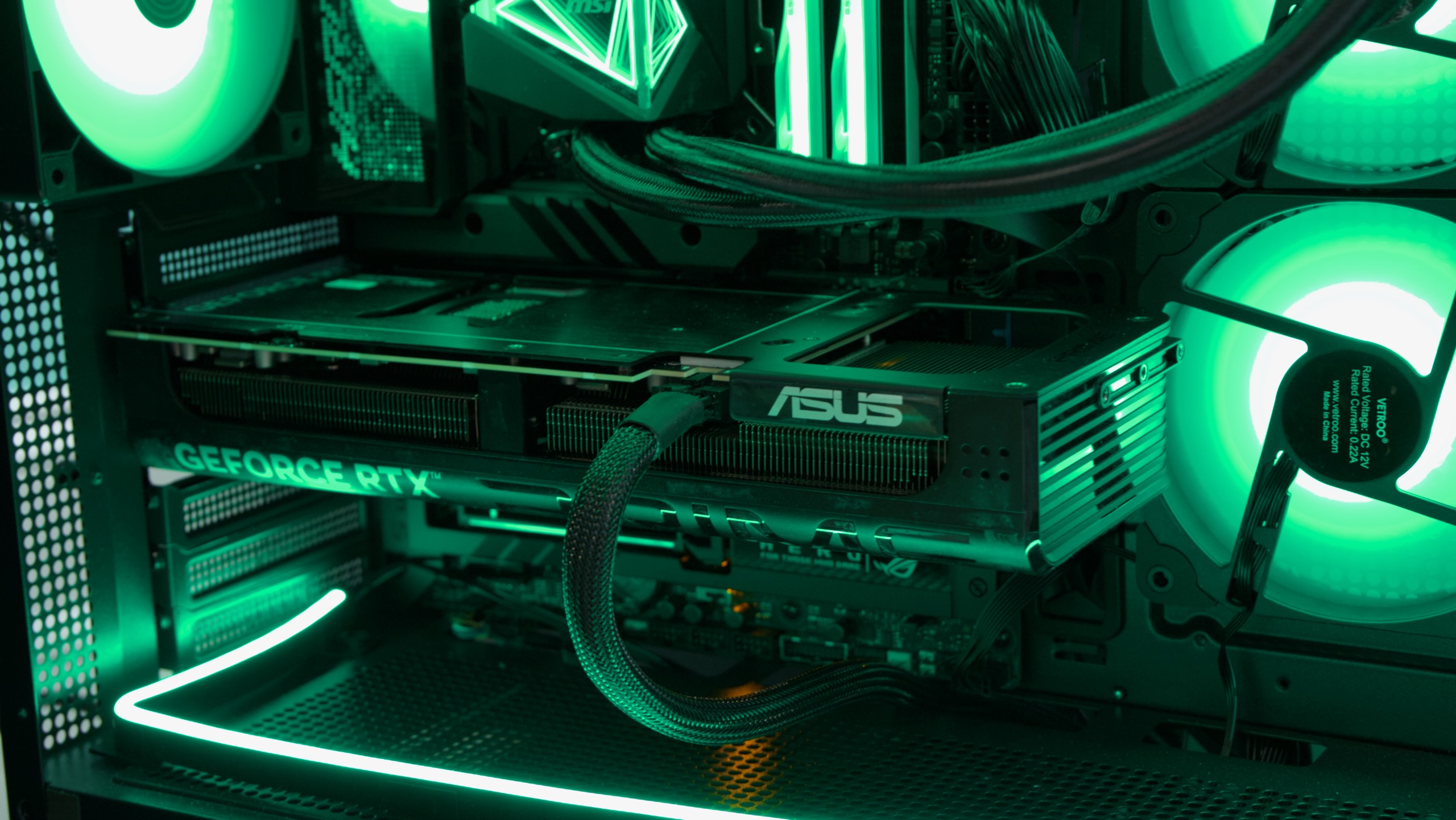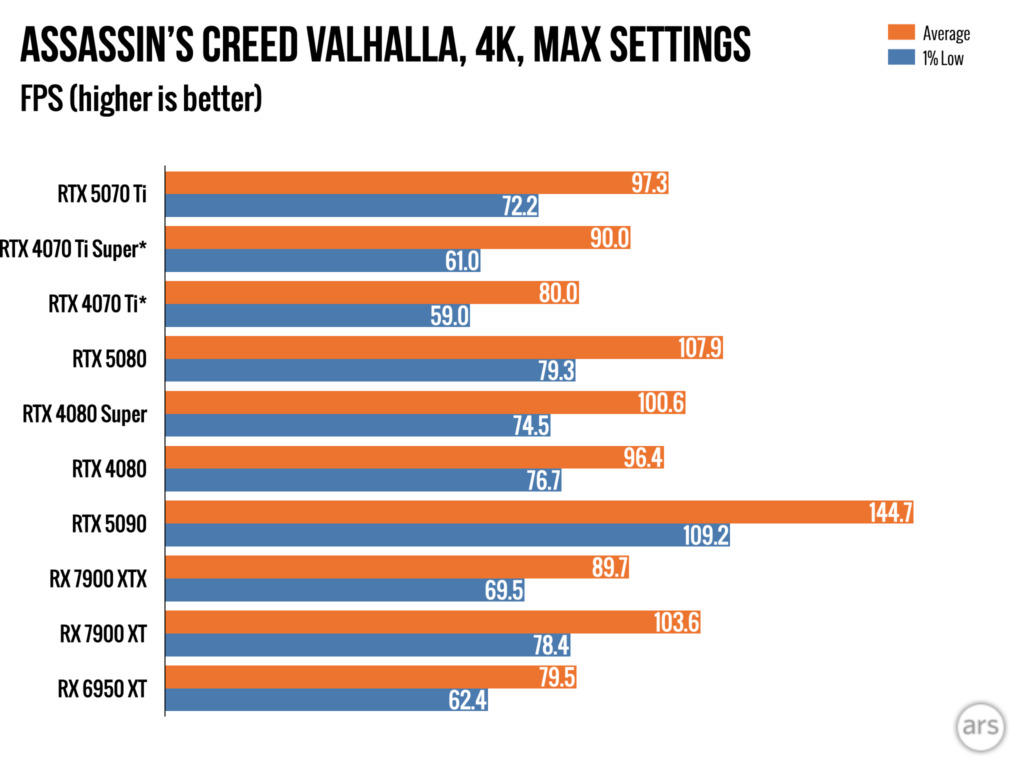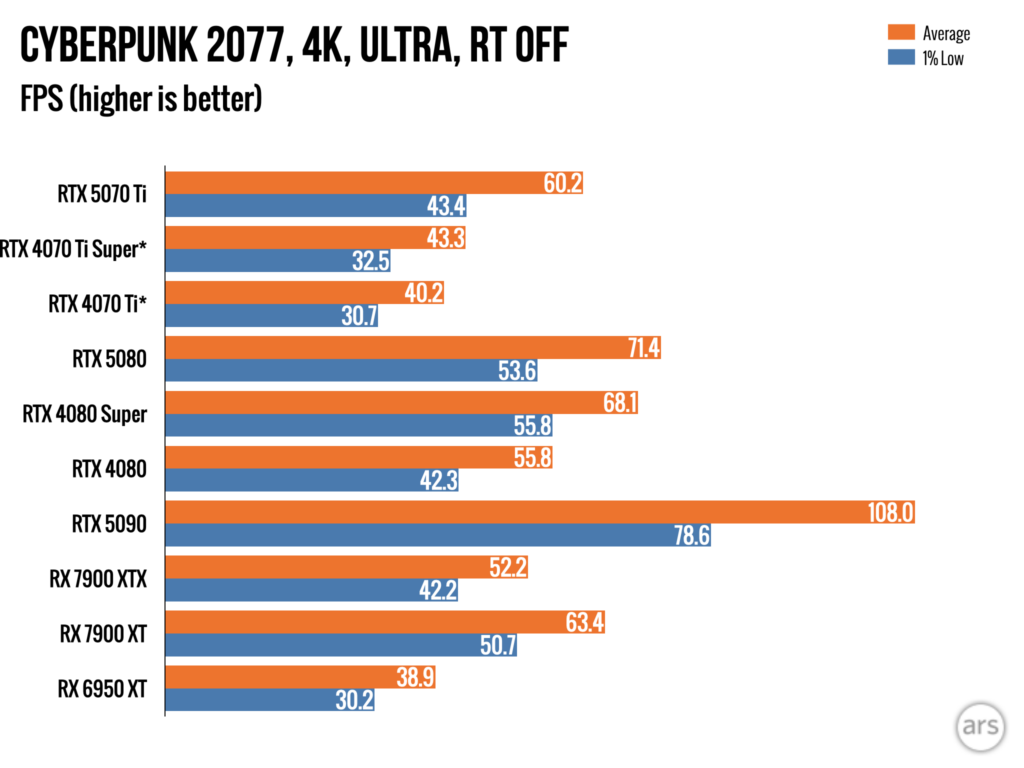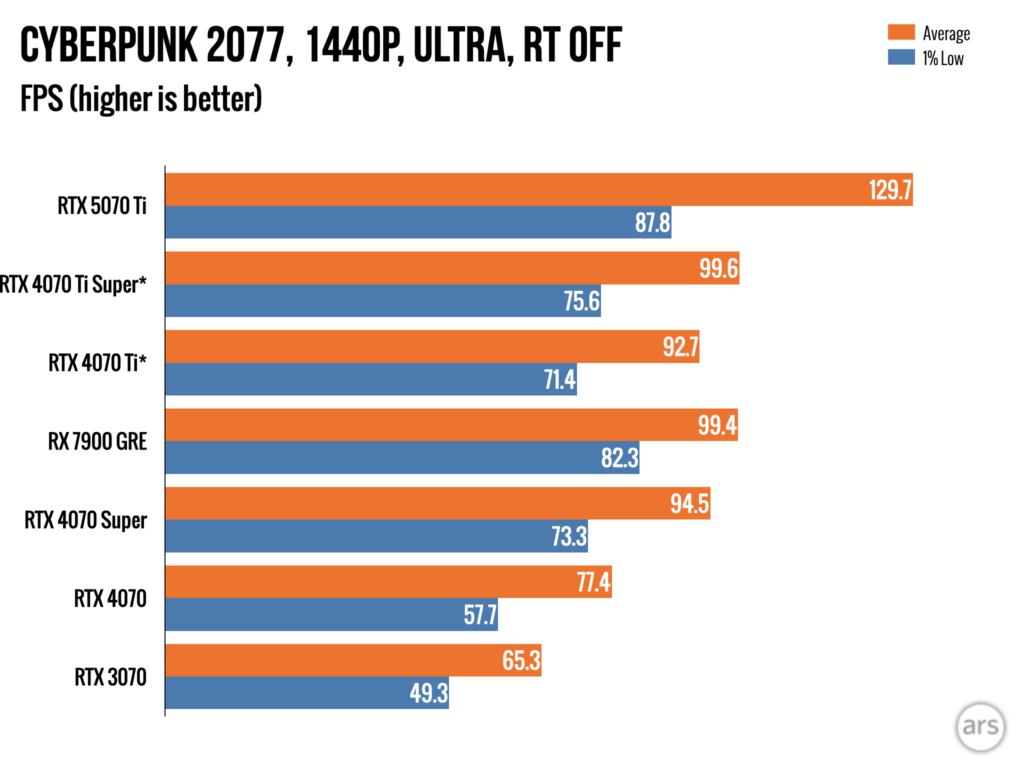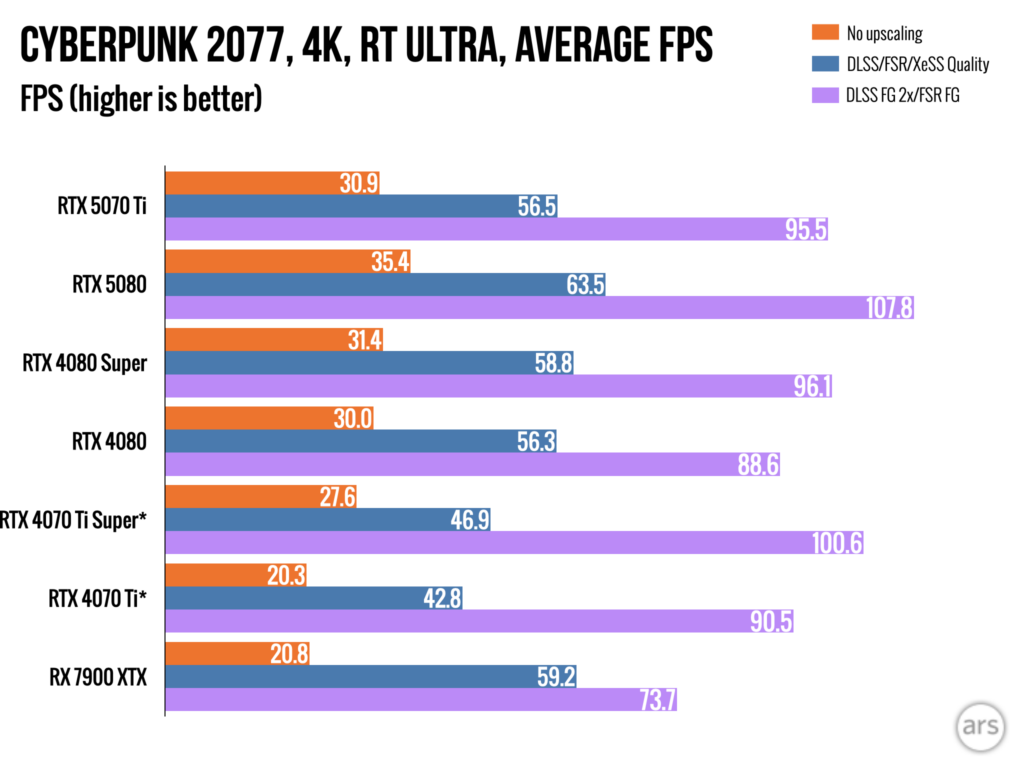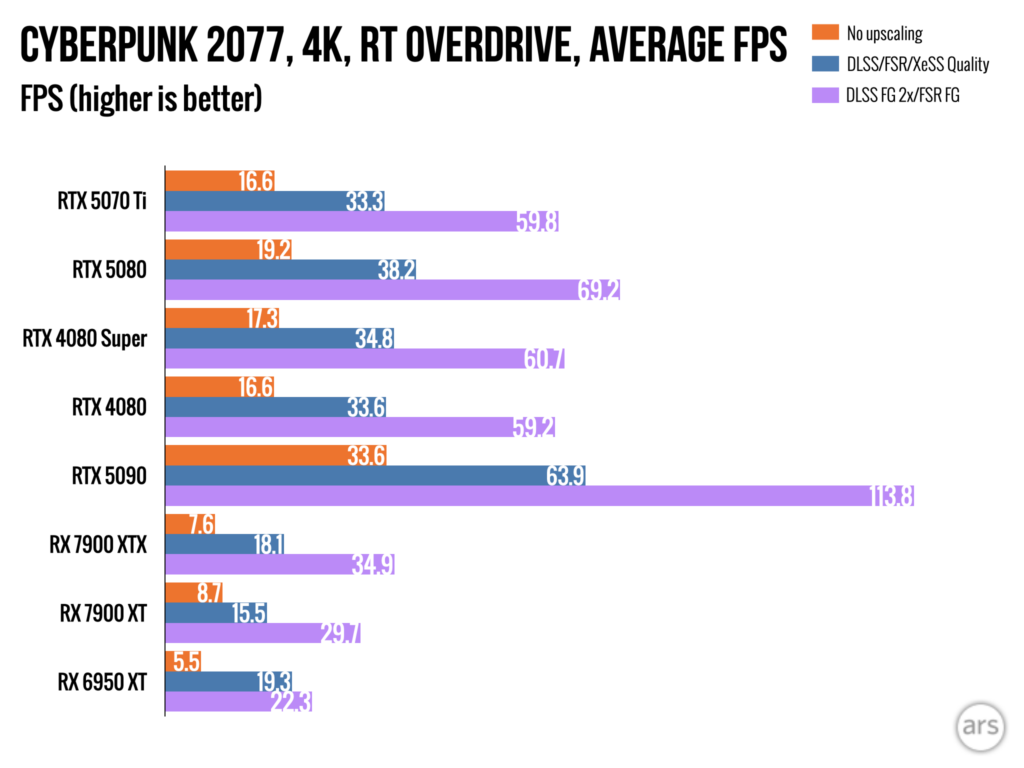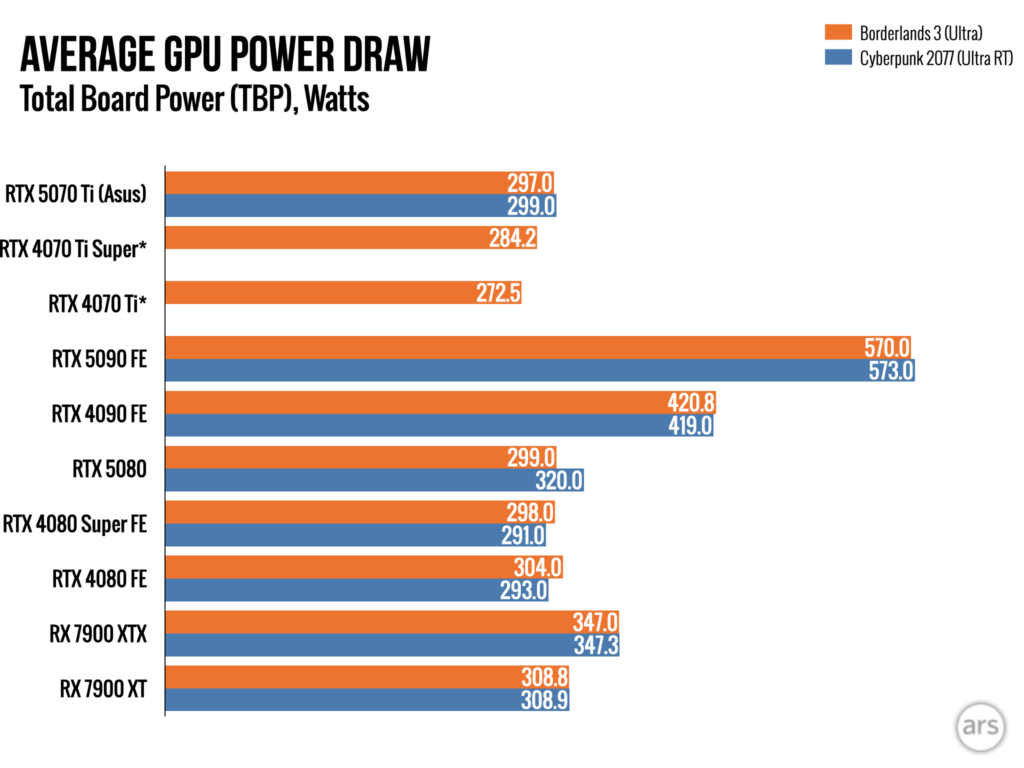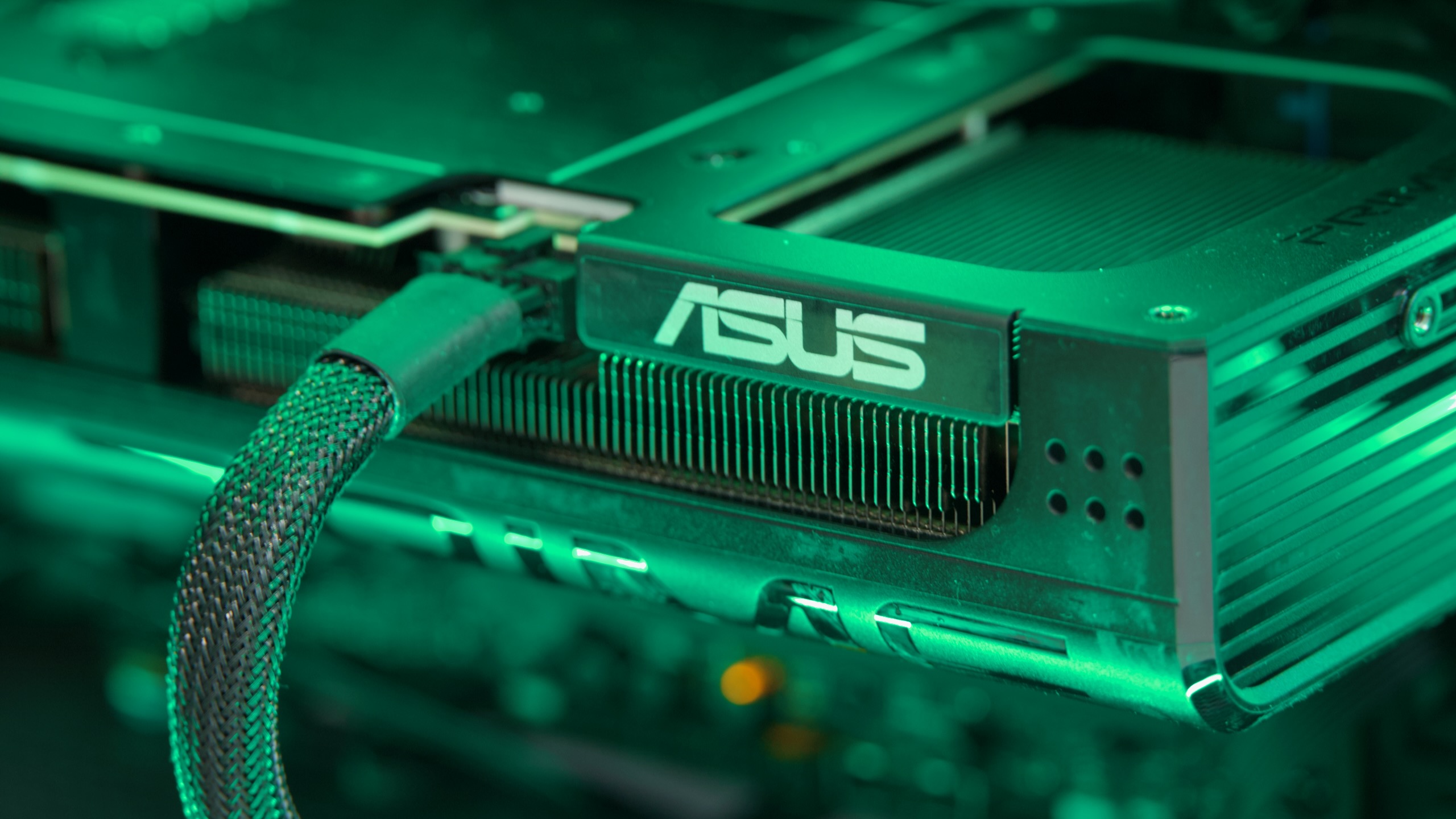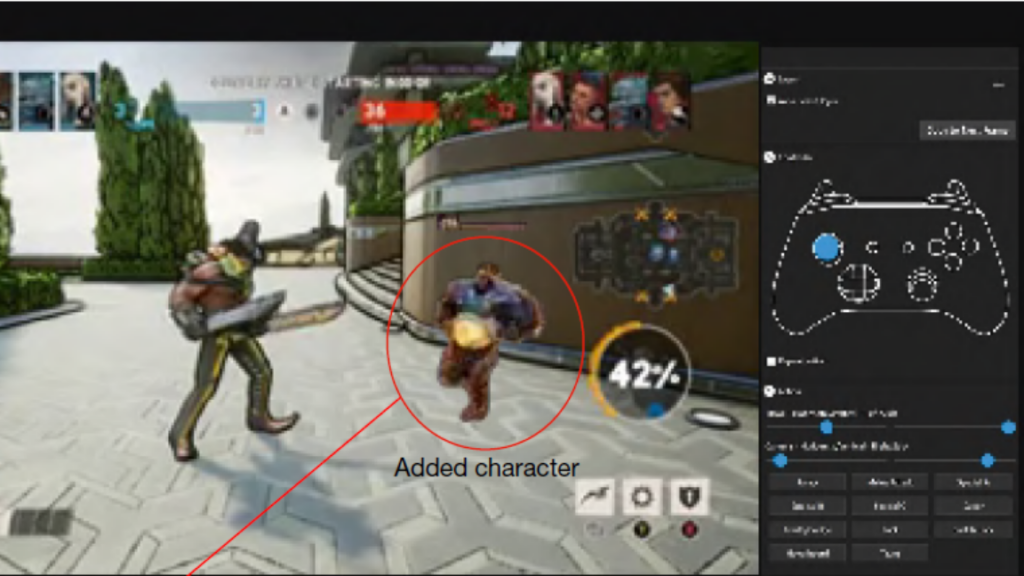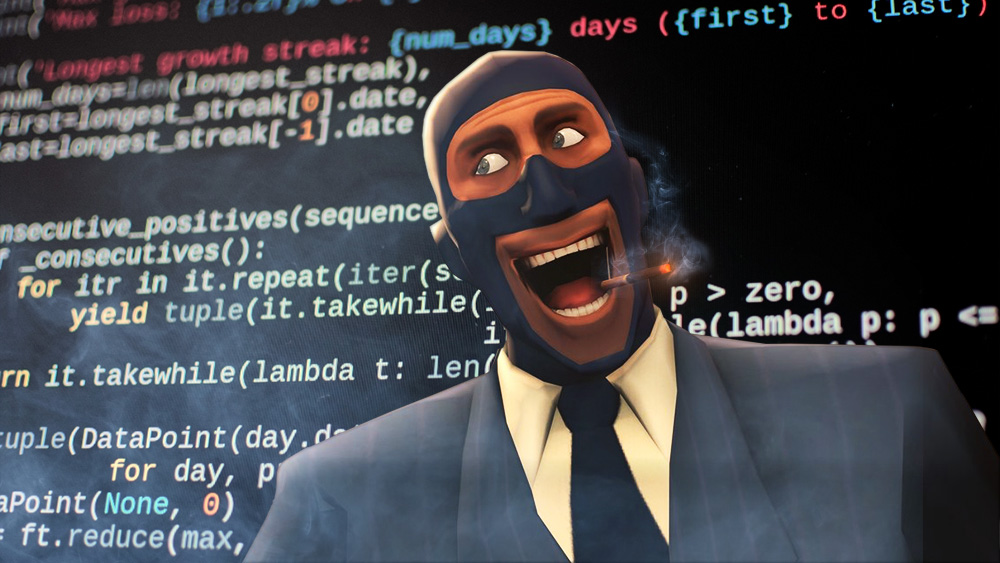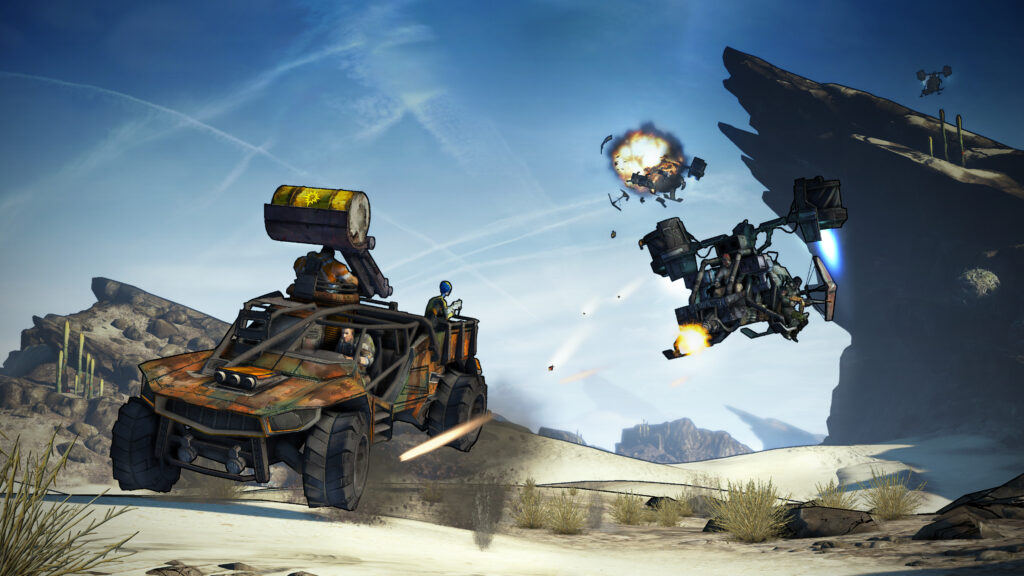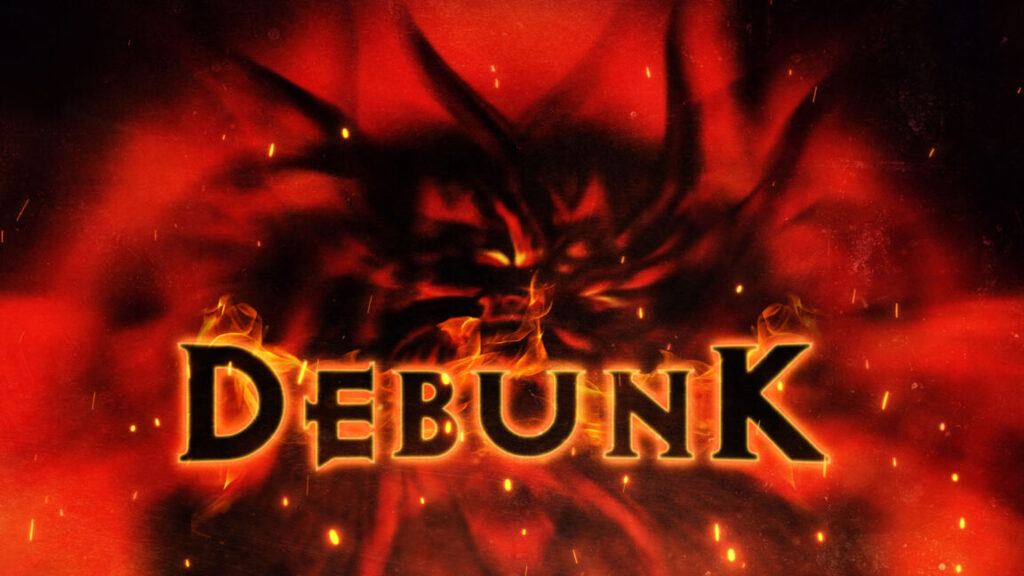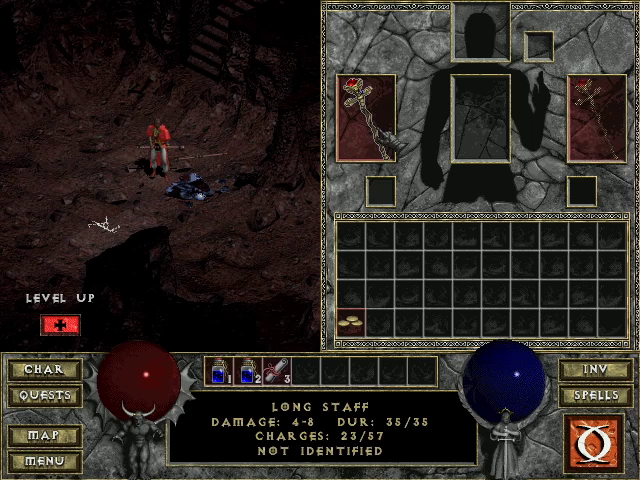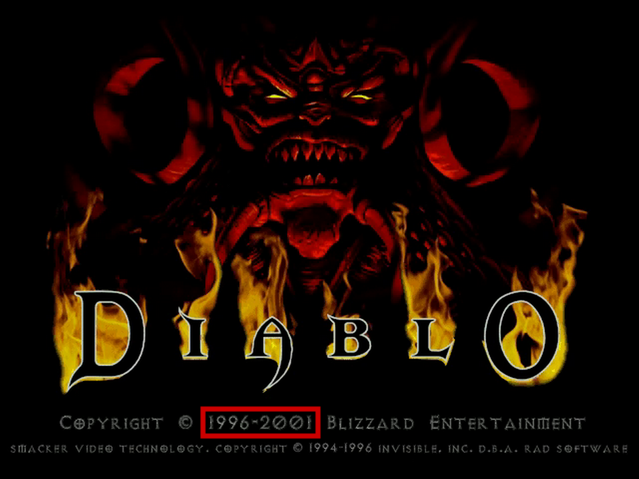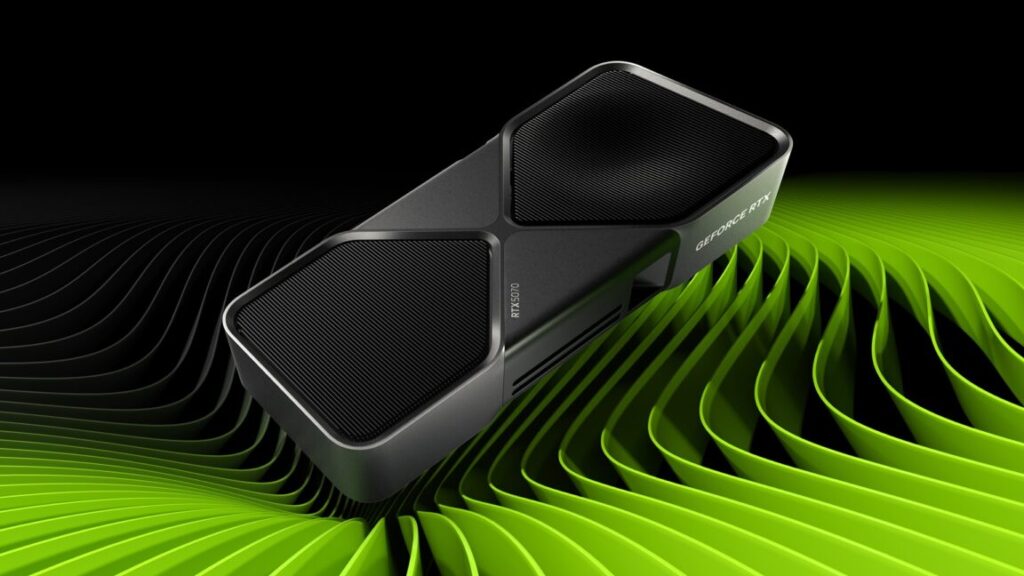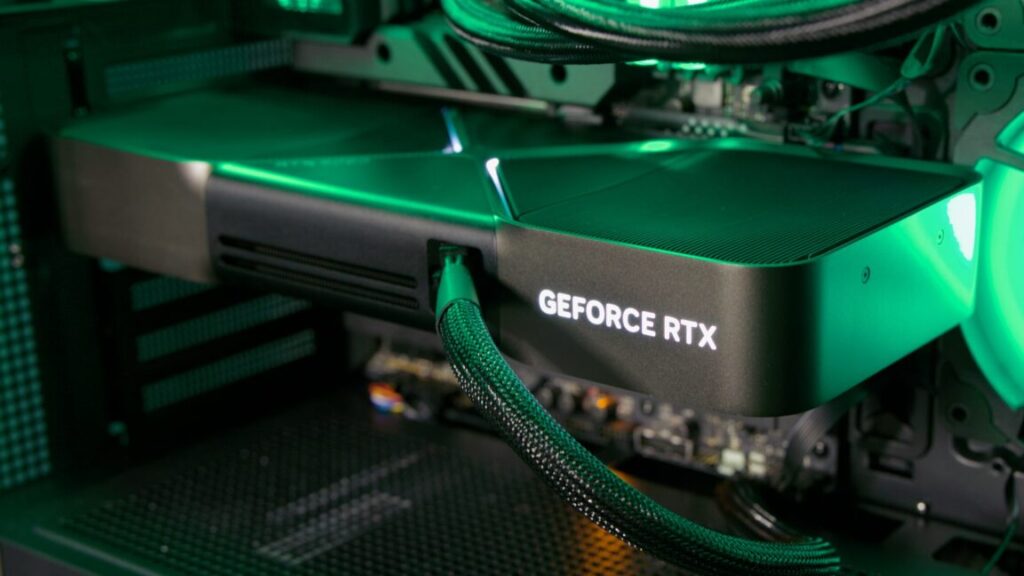Portal Randomized feels like playing Portal again for the first time
For most modern players, the worst thing about a video game classic like Portal is that you can never play it again for the first time. No matter how much time has passed since your last playthrough, those same old test chambers will feel a bit too familiar if you revisit them today.
Over the years, community mods like Portal Stories: Mel and Portal: Revolution have tried to fix this problem with extensive work on completely new levels and puzzles. Now, though, a much simpler mod is looking to recapture that “first time” feeling simply by adding random gameplay modifiers to Portal‘s familiar puzzle rooms.
The Portal Randomized demo recently posted on ModDB activates one of eight gameplay modifiers when you enter one of the game’s first two test chambers. The results, while still a little rough around the edges, show how much extra longevity can be wrung from simple tweaks to existing gameplay.
Make special note of that “gravity changed” note in the corner. Credit: Valve / gamingdominari
Not all of the Portal Randomized modifiers are instant winners. One that adds intermittent darkness, for instance, practically forces you to stand still for a few seconds until the lights flip back on (too slowly for my comfort). And modifiers like variable gravity or variable movement speed have a pretty trivial effect on how the game plays out, at least in the simplistic early test chambers in the demo.
Portal Randomized feels like playing Portal again for the first time Read More »
